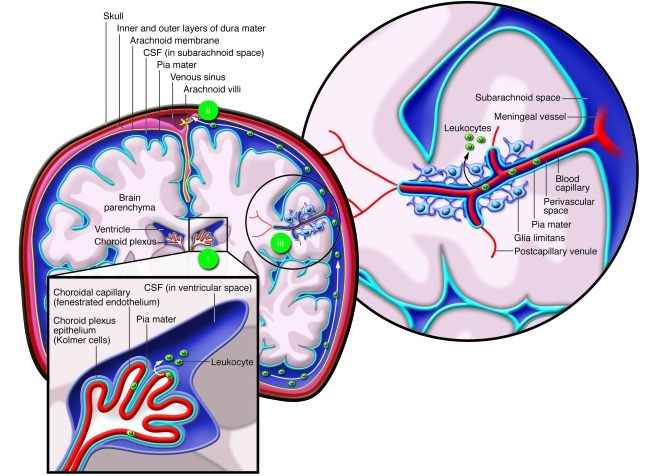Figure 1. The structure of the brain and routes of leukocyte entry.
Beneath the skull lie three membranes that enclose the parenchyma of the brain: the dura mater, the arachnoid membrane, and the pia mater. The latter two enclose the subarachnoid space. (i) Leukocytes can enter across the choroid plexus, where CSF is produced by the choroid plexus epithelium in the ventricles. CSF containing leukocytes then enters the subarachnoid space, circulates around the brain, and (ii) exits via the venous sinus to be resorbed by the blood via the arachnoid villi. (iii) Blood supply to the brain enters in the subarachnoid space over the pia mater, generating the perivascular space (or Virchow-Robin space). Main arterial branches divide into capillaries, which terminate deep within the brain, supplying the parenchyma with blood. Leukocytes can potentially enter from the blood (iii), which requires them to cross the tightly regulated vascular endothelium (i.e., the BBB: the glia limitans, the subarachnoid space, and the pia mater). Cells can adhere to the endothelium and arrest at any point during this process.

